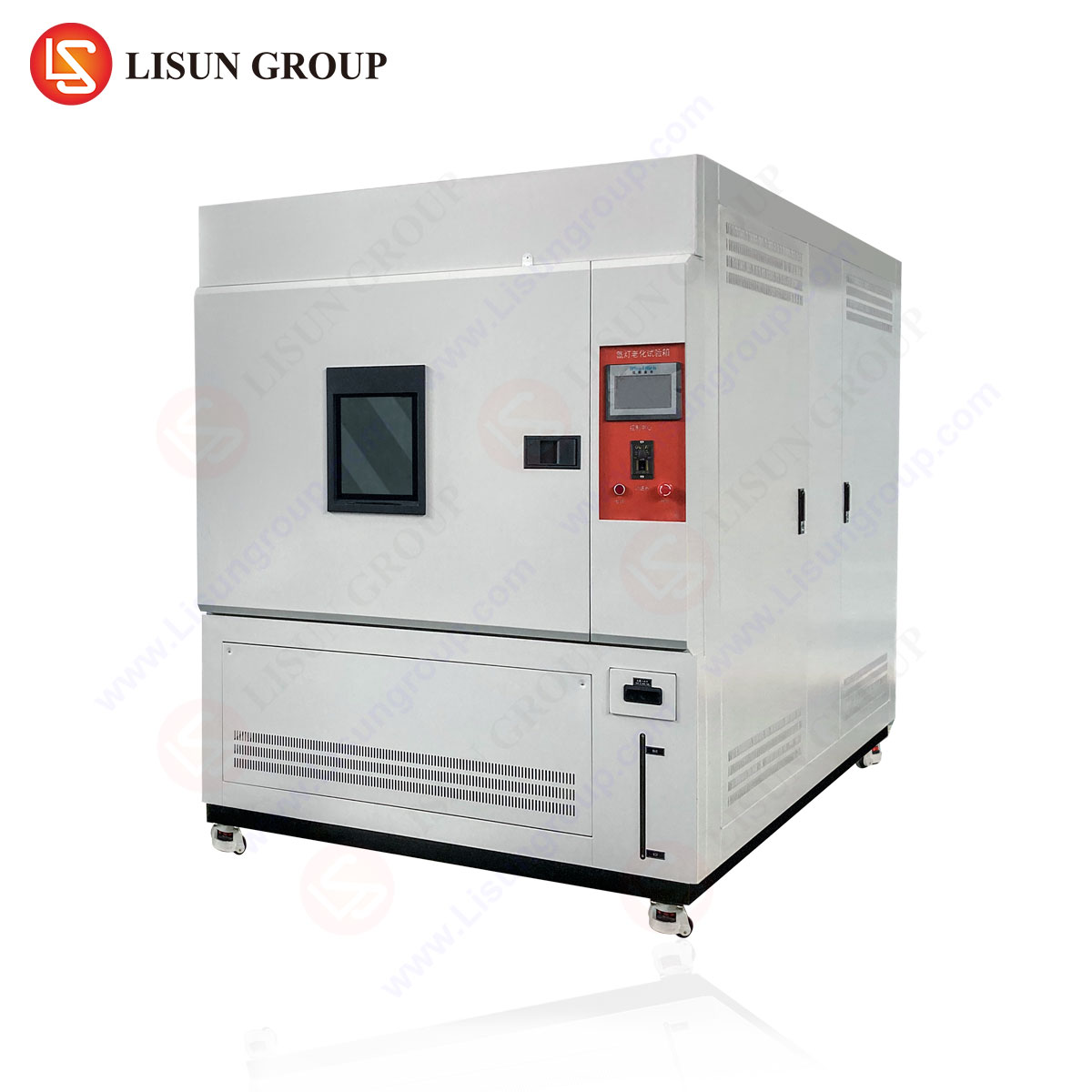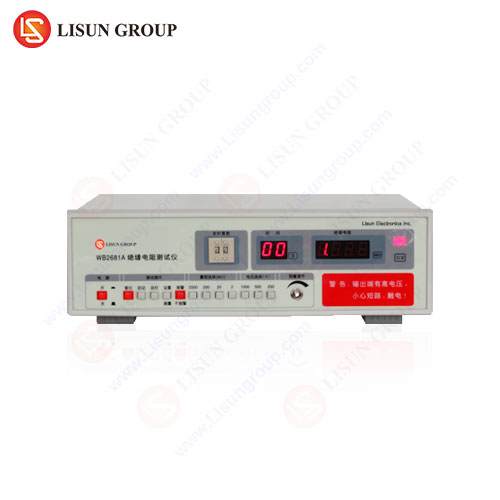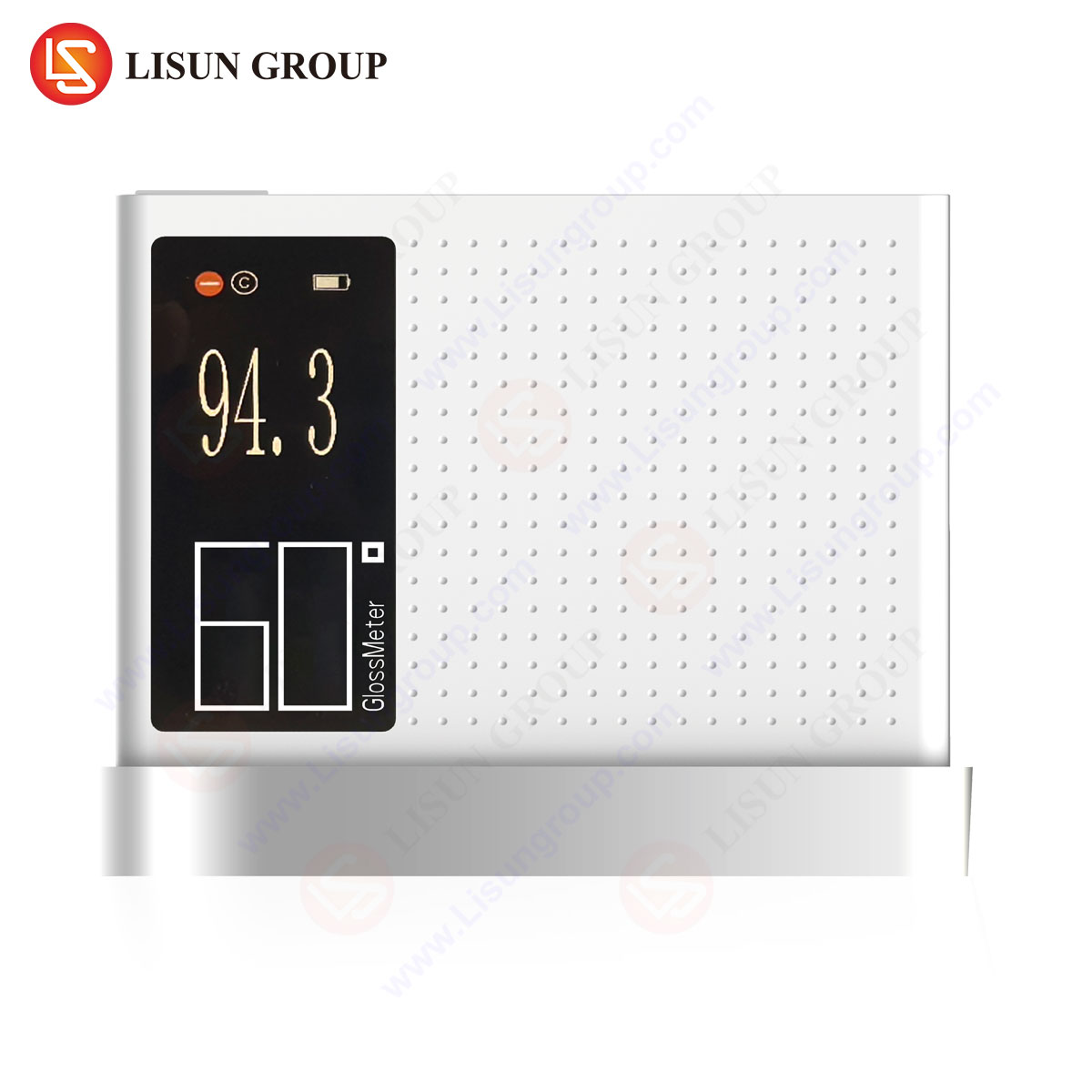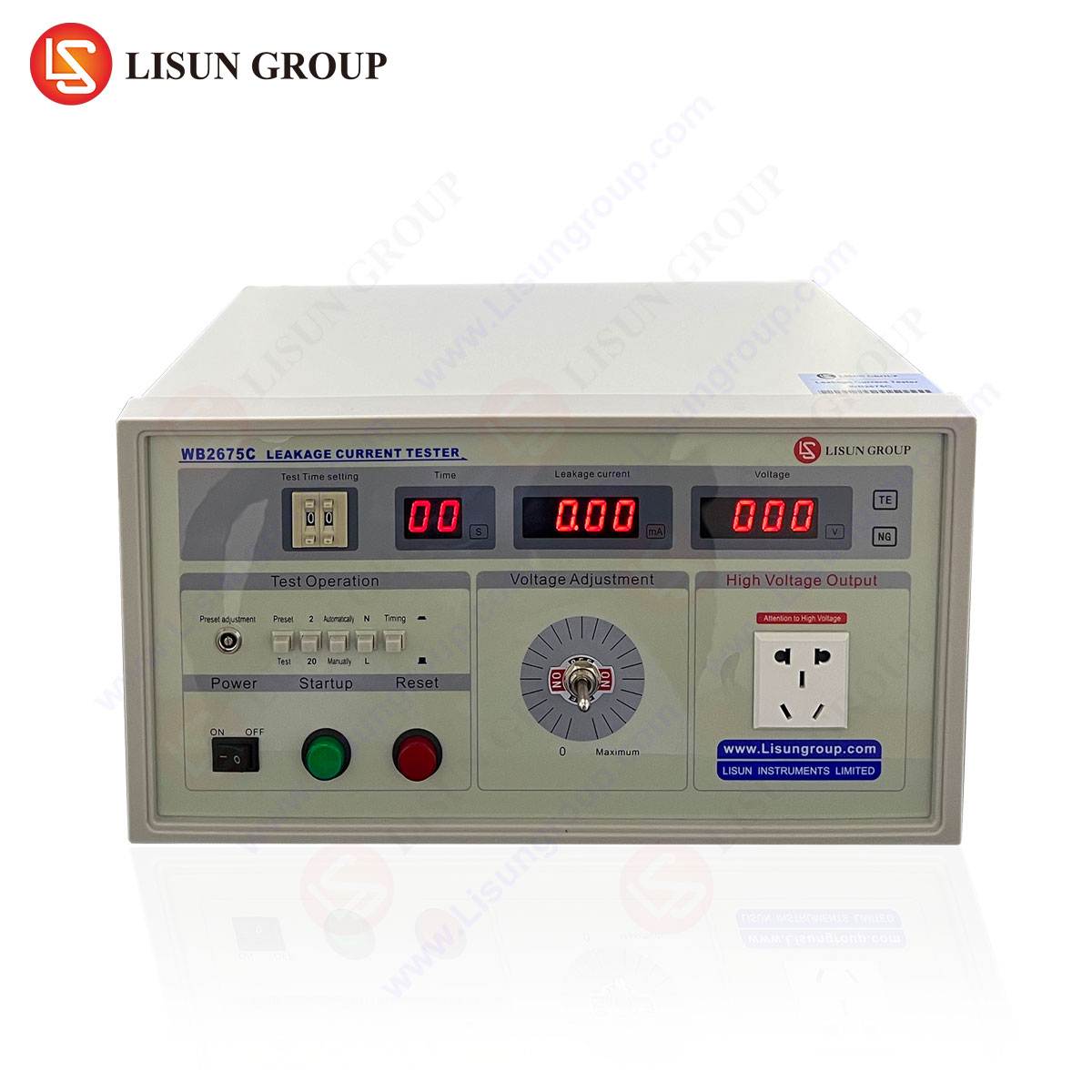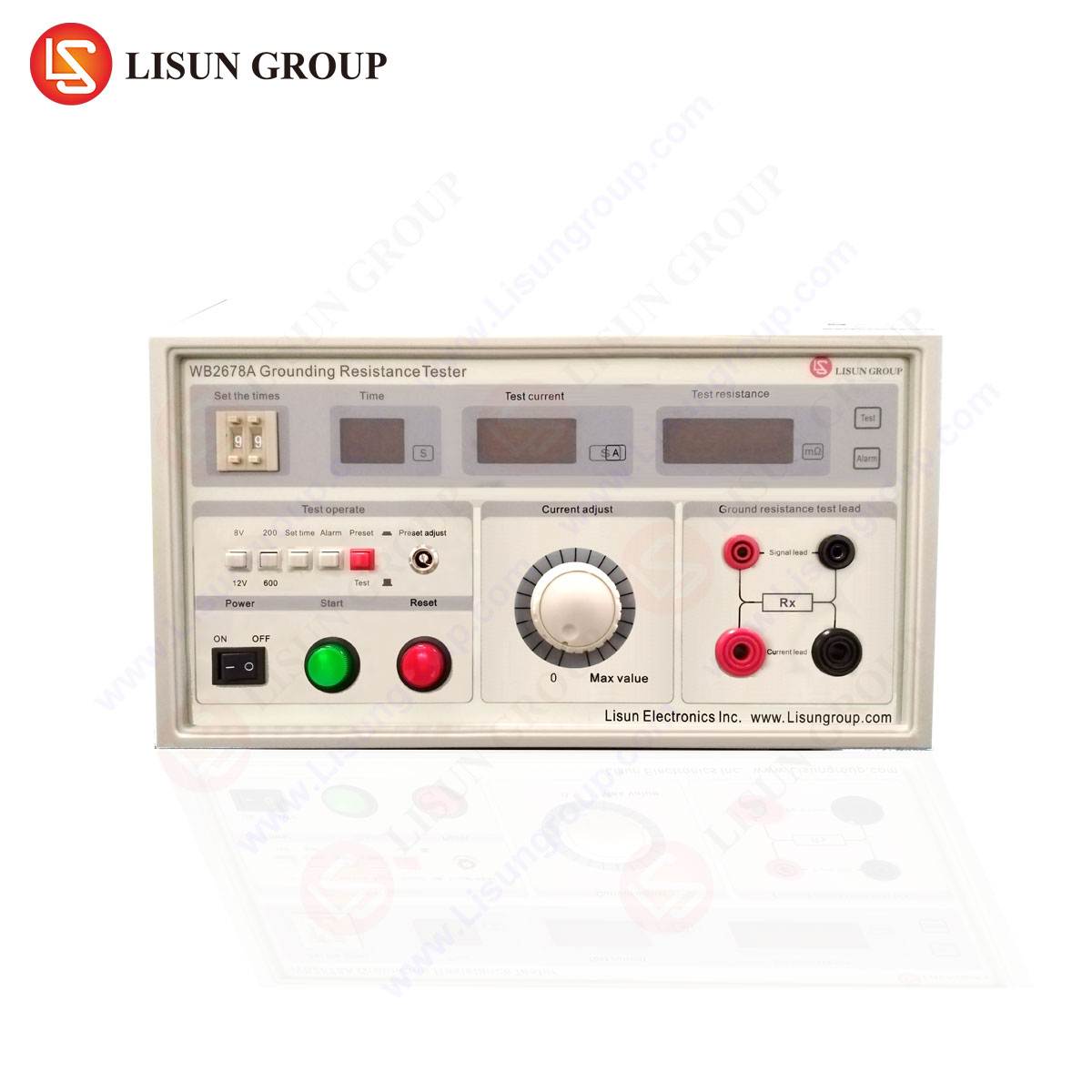Introduction to RoHS Compliance and Regulatory Requirements
The Restriction of Hazardous Substances (RoHS) Directive, established by the European Union, restricts the use of specific hazardous materials in electrical and electronic equipment (EEE). Enforced globally through regional adaptations, RoHS compliance is mandatory for manufacturers across industries, including household appliances, automotive electronics, and telecommunications equipment. The directive limits concentrations of lead (Pb), cadmium (Cd), mercury (Hg), hexavalent chromium (Cr⁶⁺), polybrominated biphenyls (PBB), and polybrominated diphenyl ethers (PBDE) to 0.1% (1000 ppm) by weight, except for cadmium, capped at 0.01% (100 ppm).
Non-compliance risks severe penalties, including market exclusion and reputational damage. Consequently, manufacturers rely on precise, efficient testing methodologies to ensure adherence. Among the most advanced solutions is the ليسون EDX-2A RoHS Test System, an energy-dispersive X-ray fluorescence (EDXRF) spectrometer designed for rapid, non-destructive material analysis.
Principles of EDXRF Technology in RoHS Testing
The EDX-2A employs energy-dispersive X-ray fluorescence (EDXRF), a non-destructive analytical technique that identifies and quantifies elemental compositions. When a sample is irradiated with X-rays, inner-shell electrons are ejected, creating vacancies filled by outer-shell electrons. This transition emits secondary X-rays (fluorescence), with energies characteristic of the elements present.
Key advantages of EDXRF include:
- Non-destructive analysis – Preserves sample integrity for further testing.
- High throughput – Enables rapid screening of multiple components.
- Broad detection range – Capable of measuring elements from magnesium (Mg) to uranium (U).
The EDX-2A integrates a high-resolution silicon drift detector (SDD), ensuring sensitivity down to single-digit ppm levels for restricted substances. Its multi-channel analyzer (MCA) and advanced algorithms facilitate precise quantification, even in complex matrices like solder alloys, plastics, and coatings.
Technical Specifications of the EDX-2A RoHS Test System
The EDX-2A is engineered for laboratory and production-line deployment, with specifications tailored for rigorous compliance testing:
| المعلمة | مواصفة |
|---|---|
| Detection Range | Mg (12) to U (92) |
| Detection Limits | Pb: 2 ppm; Cd: 1 ppm |
| X-ray Tube | Rh anode, 50 kV max |
| الكاشف | High-resolution SDD |
| Analysis Time | 30–300 seconds (adjustable) |
| Sample Chamber | 300 mm × 200 mm (accommodates large PCBs) |
| Software | Proprietary RoHS analysis suite with calibration standards |
Industry Applications of the EDX-2A RoHS Test System
1. Electrical and Electronic Equipment (EEE)
The EDX-2A is widely deployed in PCB manufacturing, where lead-free solder and halogen-free laminates must comply with RoHS. Its ability to detect trace Pb in solder joints ensures adherence to IEC 62321 standards.
2. إلكترونيات السيارات
Modern vehicles integrate sensors, control modules, and infotainment systems containing restricted substances. The EDX-2A verifies compliance in wiring harnesses, connectors, and semiconductor components.
3. Lighting Fixtures
LED drivers and fluorescent lamp ballasts often contain Pb and Hg. The EDX-2A screens phosphor coatings and solder points to prevent regulatory violations.
4. الأجهزة الطبية
Implantable electronics and diagnostic equipment require stringent material controls. The system’s non-destructive testing ensures biocompatibility without compromising sterility.
5. Aerospace and Aviation Components
Avionics and wiring systems must meet DO-160 and MIL-STD standards. The EDX-2A’s high sensitivity detects Cd in plating and Cr⁶⁺ in anti-corrosion coatings.
Competitive Advantages of the EDX-2A
- Automated Calibration – Reduces operator dependency, enhancing repeatability.
- Real-time Data Export – Integrates with LIMS for seamless compliance reporting.
- Low Maintenance – Air-cooled X-ray tube eliminates liquid cooling requirements.
- Multi-standard Compliance – Supports China RoHS, REACH, and WEEE in addition to EU RoHS.
Case Study: RoHS Testing in Consumer Electronics
A leading smartphone manufacturer implemented the EDX-2A for battery and PCB screening. The system identified 5 ppm Cd in a connector plating, enabling corrective action before mass production. Over 10,000 components were tested monthly, reducing non-compliance incidents by 92%.
Challenges and Mitigation in RoHS Testing
While EDXRF is highly effective, matrix effects (e.g., overlapping peaks in plastics) can skew results. The EDX-2A mitigates this via fundamental parameters (FP) correction, improving accuracy in heterogeneous samples.
Future Trends in RoHS Compliance Testing
With expanding substance restrictions (e.g., phthalates in RoHS 3), advanced systems like the EDX-2A will remain critical. Emerging AI-driven spectral analysis may further enhance detection precision.
قسم الأسئلة الشائعة
Q1: Can the EDX-2A test for RoHS 3’s additional phthalates?
No. EDXRF detects inorganic elements only. Phthalates require GC-MS or FTIR analysis.
Q2: What sample preparation is needed for EDX-2A testing?
Minimal preparation—samples should be clean, flat, and homogeneous for optimal results.
Q3: How does the EDX-2A compare to ICP-OES for RoHS testing?
EDXRF is non-destructive and faster, while ICP-OES offers lower detection limits but requires sample digestion.
Q4: Is the EDX-2A suitable for cable insulation testing?
Yes, it detects Br (bromine) in PBDEs within PVC and other polymers.
Q5: What is the typical ROI for implementing the EDX-2A?
Most clients achieve full ROI within 12–18 months via reduced lab outsourcing and compliance penalties.


